M. Dennis Turp
Exploring galaxy evolution with generative models
Dec 05, 2018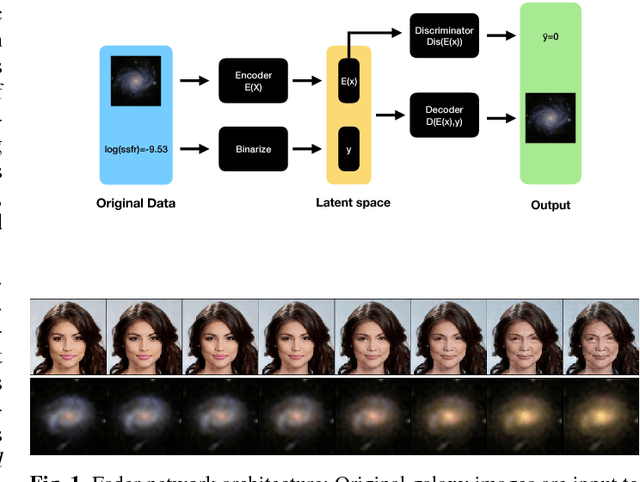

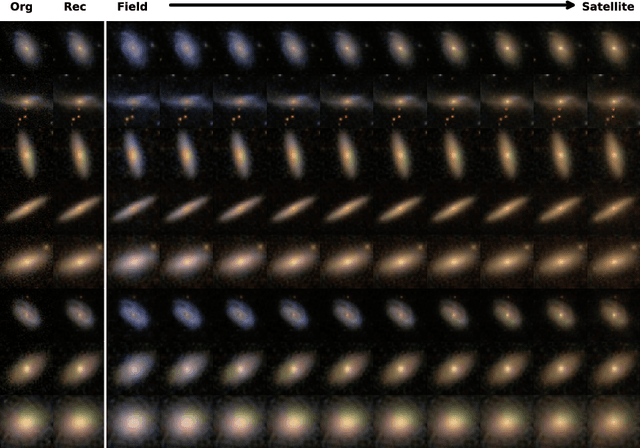
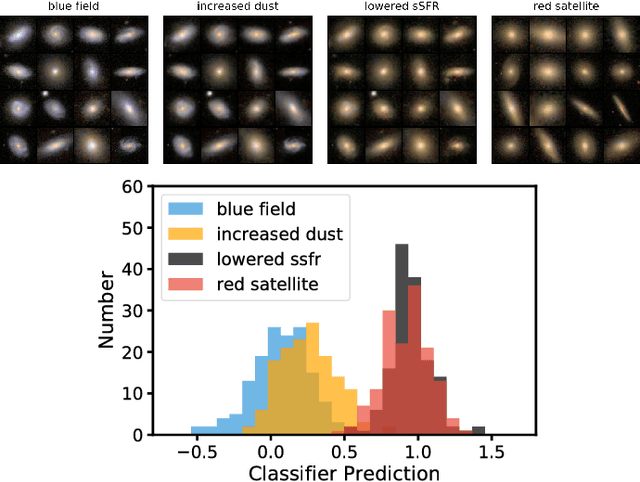
Abstract:Context. Generative models open up the possibility to interrogate scientific data in a more data-driven way. Aims: We propose a method that uses generative models to explore hypotheses in astrophysics and other areas. We use a neural network to show how we can independently manipulate physical attributes by encoding objects in latent space. Methods: By learning a latent space representation of the data, we can use this network to forward model and explore hypotheses in a data-driven way. We train a neural network to generate artificial data to test hypotheses for the underlying physical processes. Results: We demonstrate this process using a well-studied process in astrophysics, the quenching of star formation in galaxies as they move from low-to high-density environments. This approach can help explore astrophysical and other phenomena in a way that is different from current methods based on simulations and observations.
Using transfer learning to detect galaxy mergers
May 29, 2018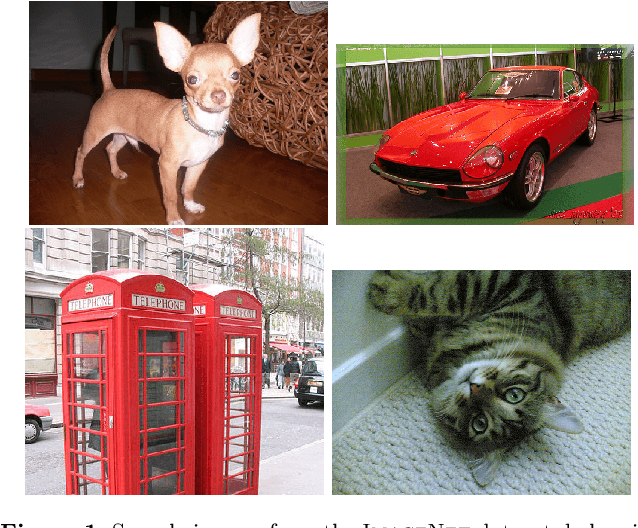

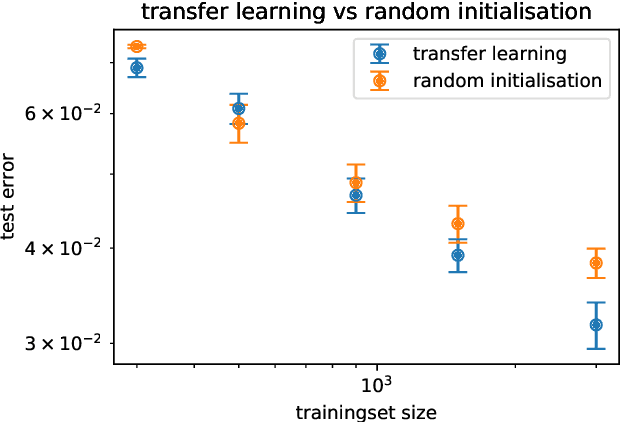
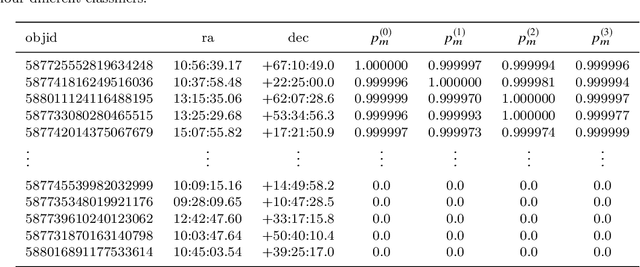
Abstract:We investigate the use of deep convolutional neural networks (deep CNNs) for automatic visual detection of galaxy mergers. Moreover, we investigate the use of transfer learning in conjunction with CNNs, by retraining networks first trained on pictures of everyday objects. We test the hypothesis that transfer learning is useful for improving classification performance for small training sets. This would make transfer learning useful for finding rare objects in astronomical imaging datasets. We find that these deep learning methods perform significantly better than current state-of-the-art merger detection methods based on nonparametric systems like CAS and GM$_{20}$. Our method is end-to-end and robust to image noise and distortions; it can be applied directly without image preprocessing. We also find that transfer learning can act as a regulariser in some cases, leading to better overall classification accuracy ($p = 0.02$). Transfer learning on our full training set leads to a lowered error rate from 0.038 $\pm$ 1 down to 0.032 $\pm$ 1, a relative improvement of 15%. Finally, we perform a basic sanity-check by creating a merger sample with our method, and comparing with an already existing, manually created merger catalogue in terms of colour-mass distribution and stellar mass function.
 Add to Chrome
Add to Chrome Add to Firefox
Add to Firefox Add to Edge
Add to Edge